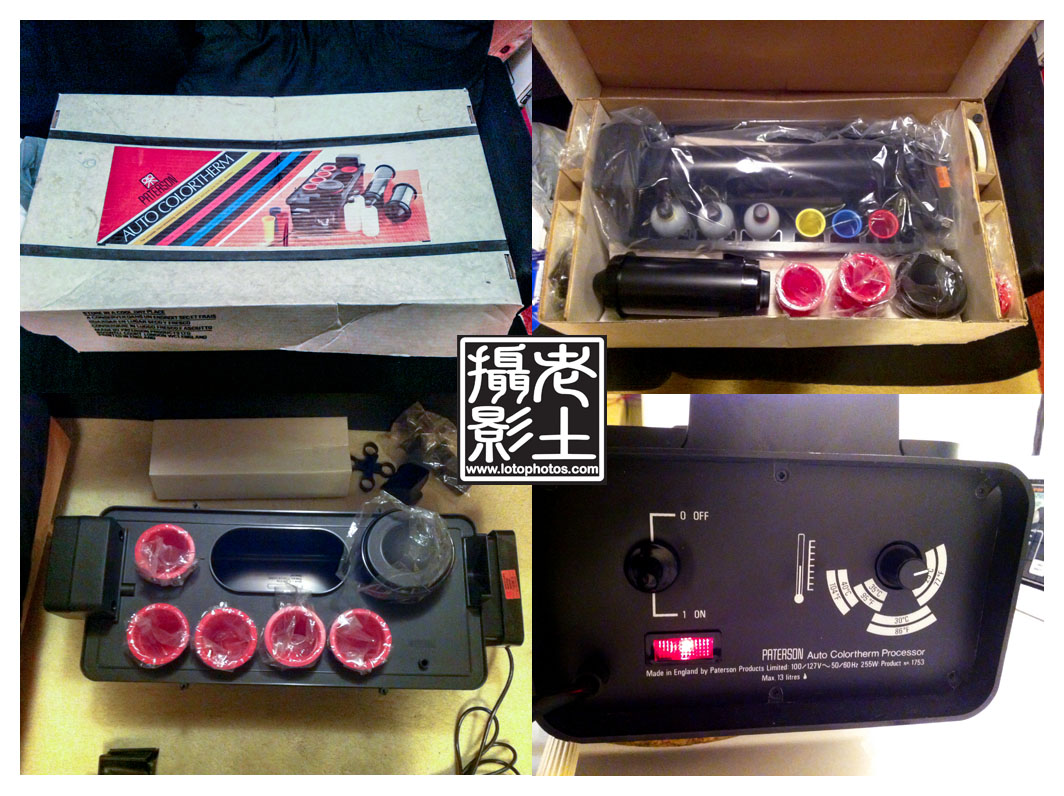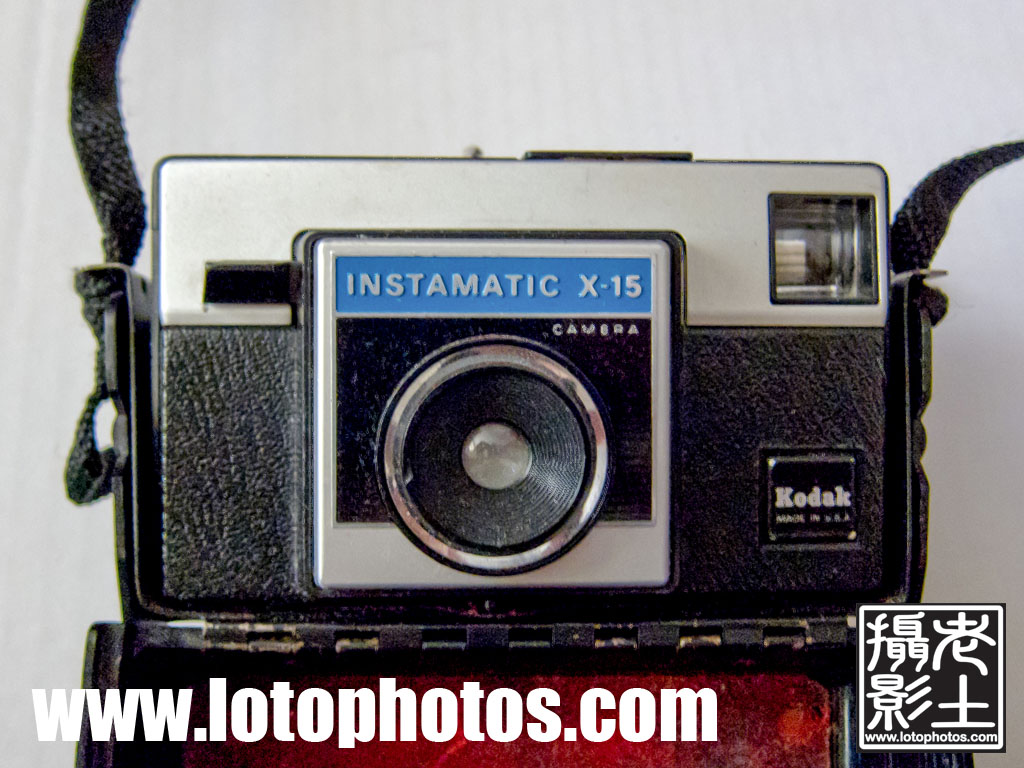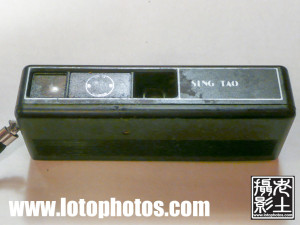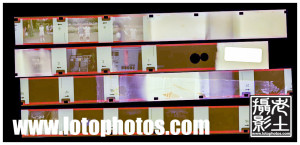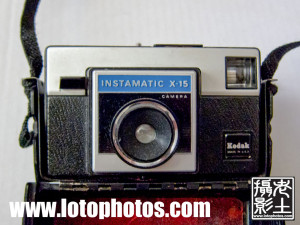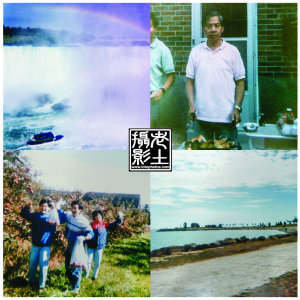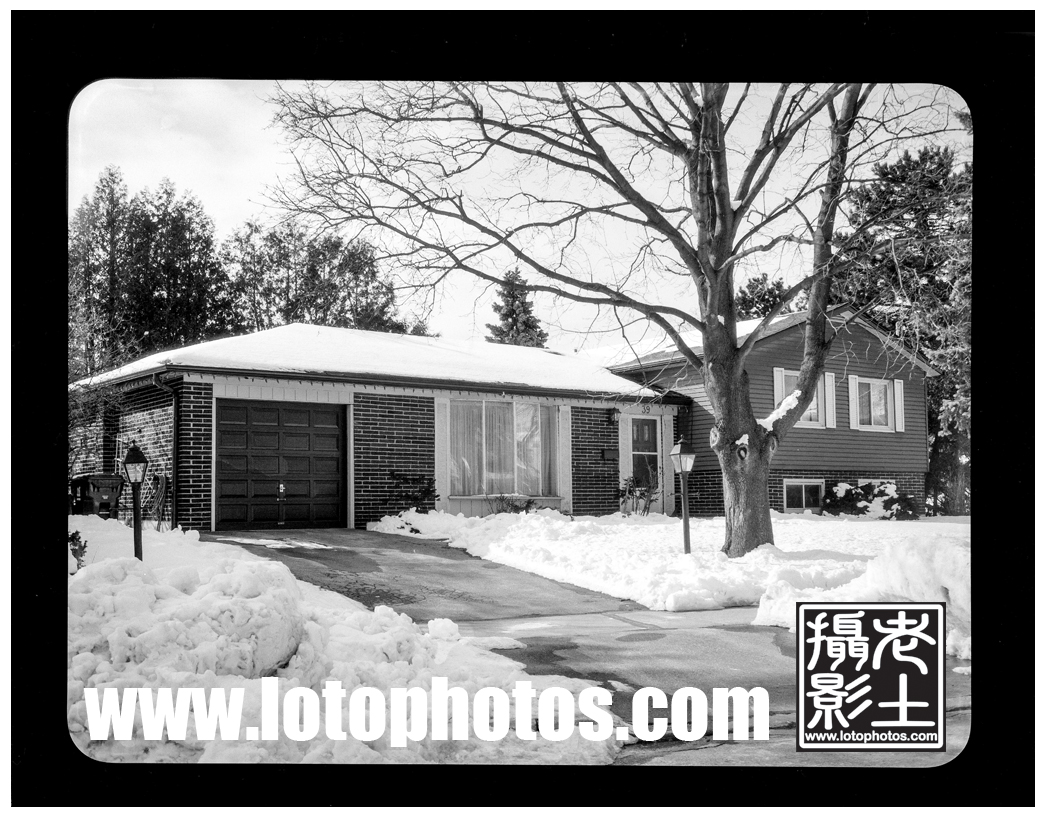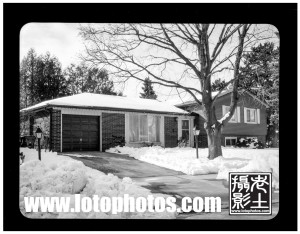Breaking free from the many issues I had with photo development places in Hong Kong and Shanghai, I started to develop my own film again recently. I have done a lot of BW development in the past. Color, however, I have never done before and had always been at the back of my mind. A temperature controlled water bath (at 38C) for the chemicals is a must for color. When I was back in Toronto, I was lucky enough to find an unused Paterson Auto Colortherm machine from a really nice lady named Linda Power. It was sitting in her basement for years and she was willing to let it go. I was ecstatic about the find and it just barely fitted in my suitcase back to Hong Kong.
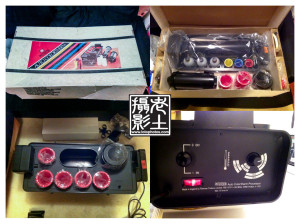
It was rather difficult to get home color development chemicals in Hong Kong, so I picked up a C41 Tetenal kit from Shanghai. It was not cheap but nevertheless a good practice kit for the first run at this. My Paterson tank can develop up to two 135 rolls or one 120 roll with about 600mL of chemicals. I prepared the developer, blix and stabilizer all at 600mL volume. With this, I can either develop 4 to 5 rolls of 120 or 8 rolls of 135. With the 5L kit I got, I basically can develop about 64 rolls of 135.
I turned on the Paterson Auto Colortherm and set the water bath to the correct 38C temperature. You need to wait about an hour until all the chemicals are at the stable temperature. I started with a 5 minutes water bath, then developed for 3 minutes 15 seconds, blix for 6 minutes, water rinse for 3 minutes and ended it with stabilizer for 1 minute. Viola, the negatives showed up nicely and I waited for them to dry.
I scanned them with my Epson V700 and they turned out great. However, dust is never my friend when it comes to development and scanning and a lot of care has to be taken.
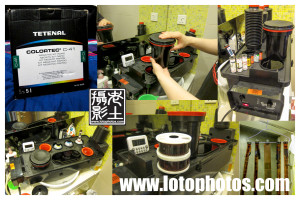
Here are a couple of shots from the development.
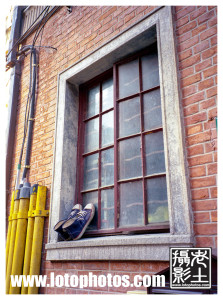
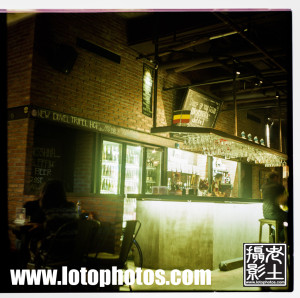
Overall, the first run at C41 development was a success and am looking forward to develop more rolls.

